Veterinary & Biosecurity
An Interdisciplinary approach addressing Ticks and Tick-borne Diseases of cattle in Uganda
Published
2 years agoon
By
Mak Editor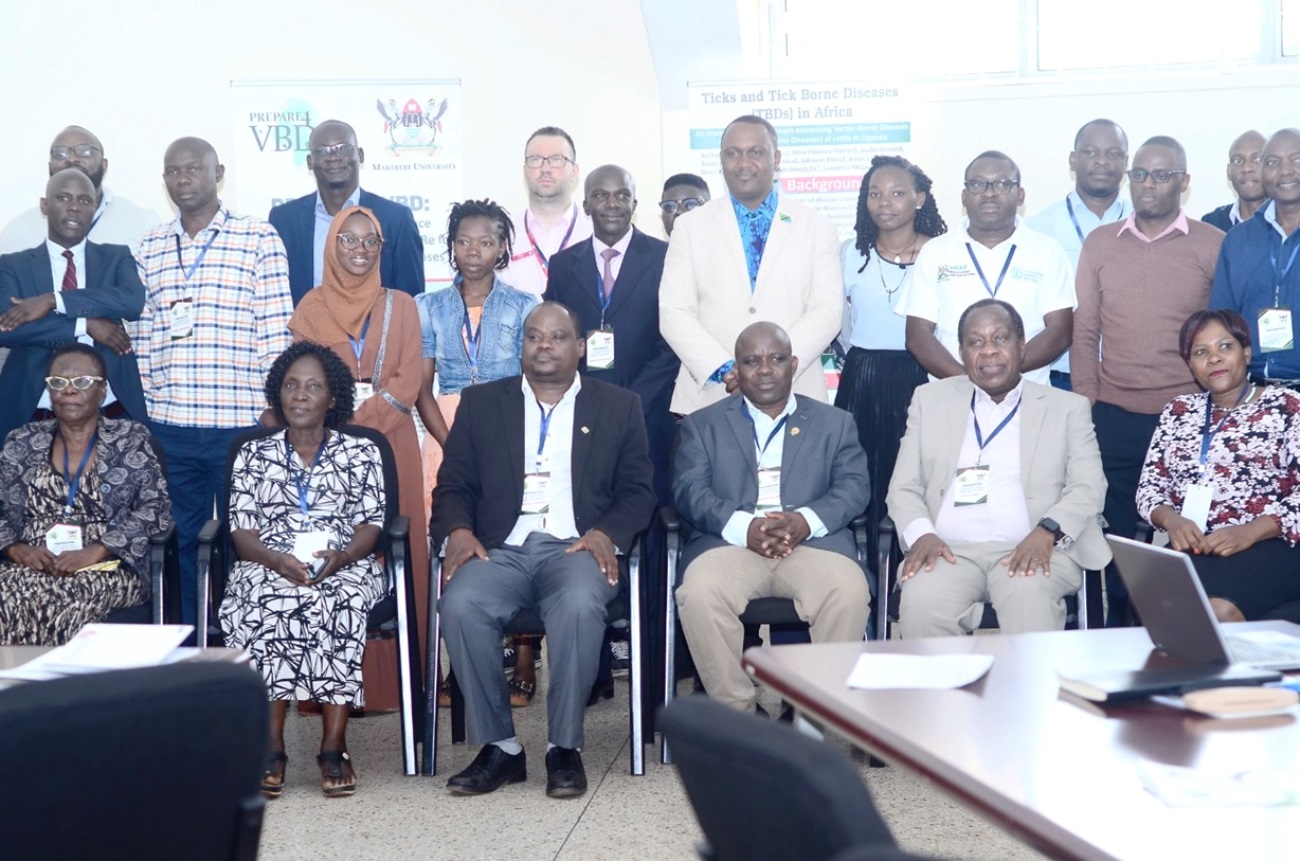
By Joseph Odoi
Globally, Ticks are the most important vectors of disease-causing pathogens in domestic and wild animals and tick-borne diseases (TBDs) are a major threat to both cattle and human health. Understanding the complex interactions within the microbiome is of great importance for understanding how tick-borne pathogens spread and cause disease.
Inspired by the need to generate evidence to inform policy around Tick borne Diseases, a team of researchers from Swedish University of Agricultural Sciences, Biomedical Sciences and Veterinary Public Health, Sweden, Makerere University, College of Veterinary Medicine, Animal Resources and Biosecurity, conducted a study to assess diversity of ticks and their Tick Borne Diseases (TBDs) in Uganda from 2017 to 2021.
The researchers organised a dissemination of the project results workshop to stakeholders from various sectors on 27th February, 2023 held at the Centre for Biosecurity and Global Health, College of Veterinary Medicine, Animal Resources and Biosecurity, Makerere University.
Associate Professor Lawrence Mugisha, Co-principal investigator explained that the purpose of the workshop was to share the results of the different research outputs and discuss various ways to re-package the results for different target audiences and to influence policies for tick control strategies in Uganda.
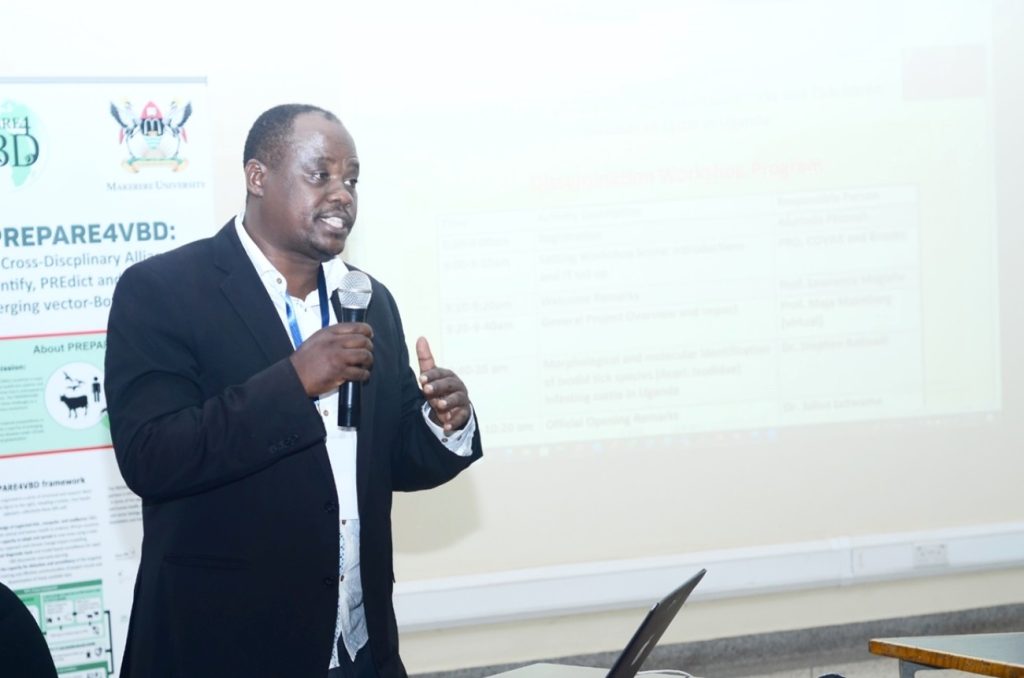
Having set the scene for the workshop, Associate Professor Maja Malmberg, Principal investigator from Swedish University of Agricultural Sciences, Biomedical Sciences and Veterinary Public Health, Sweden provided a virtual overview of the Project tilted; Ticks and Tick Borne Diseases (TBDs) in Africa. She noted that the overall purpose of the project was to improve cattle health through increased understanding of the microbial community in cattle and ticks, by investigation of the microbial composition (microbiota) of ticks and how this affects transmission and disease development in cattle in Uganda. As part of the study, she noted that the research team were able to generate new knowledge on diversity of tick species, new viruses and highlighted public health implications of the findings. The project had a capacity building component through supporting masters and PhD students and several technical workshop during the project period.
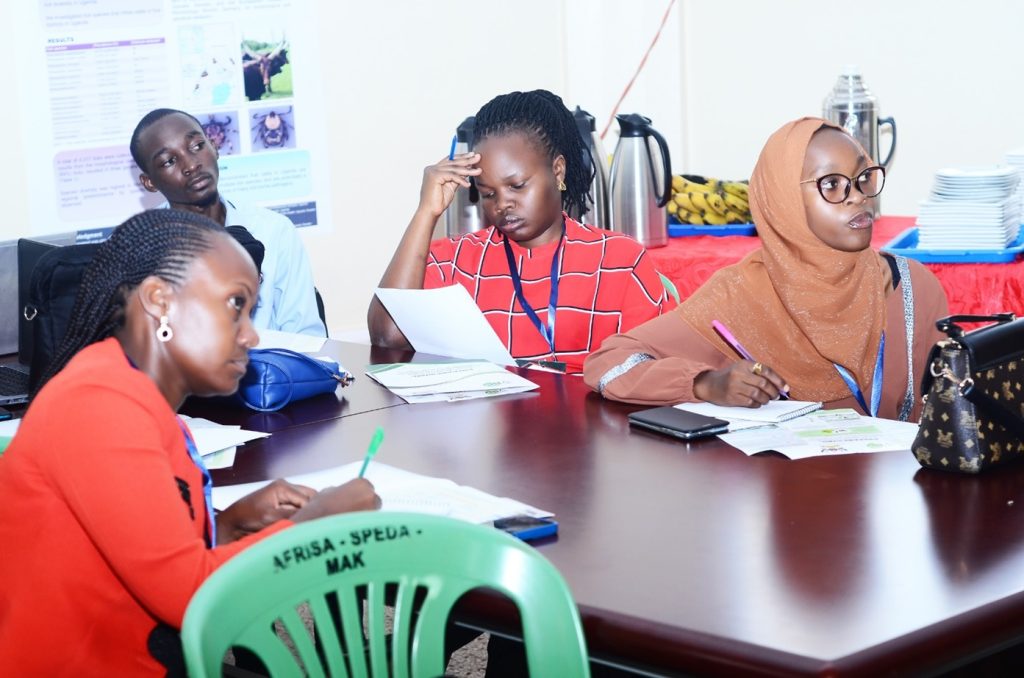
Various presentations of the results from different studies under the project were made by the project investigators and the PhD student Dr. Steven Balinadi who successfully graduated in 2022.
Below are brief project results from the presentations made at the Workshop;
- A total of 15 different tick species were identified in the five study districts of Kasese, Hoima, Soroti, Gulu and Moroto representing different ecological zones. They also reported high tick burden on cattle from all the study districts. They found out the tick species R. appendiculatus (the brown ear tick), the vector for the causative agent for East Coast Fever (“Amashuwo”, “Amakebe”) was most common tick on cattle in all districts (51.79%) followed by A. variegatum (14.33%) and R. evertsi (8.23%) and continue to dominate tick distribution in Uganda. The team also found ticks that were not known to be in Uganda including Rhipicephalus afranicus that was recently described in South Africa and Rhipicephalus microplus, expanding its geographical zones found ion cattle in Gulu and Soroti districts.
- The team further identified 8 viruses from the blood of cattle suspected to be transmitted by ticks and mosquitoes belonging to 4 viral families (Flaviviridae, Peribunyaviridae, Reoviridae and Rhabdoviridae) and 6 genera (Hepacivirus, Pestivirus, Orthobunyavirus, Coltivirus, Dinovernavirus and Ephemerovirus) among 175 studied cattle. Four of the viruses were new and were tentatively named Zikole virus (Family: Flaviviridae), Zeboroti virus (Family: Reoviridae), Zebtine virus (Family: Rhabdoviridae) and Kokolu virus (Family:Rhabdoviridae). This contributes to the body of the new knowledge in the field of virology. However, they were quick to mention the public implications of all viruses and new viruses remains to be understood through more studies.
- Part of the research assessed cattle exposure to Crimean Congo Haemorrhagic Fever (CCHF) Virus a zoonotic disease of public health importance transmitted by ticks. The study found that 74% (500) of the studied cattle from five districts were exposed to the virus. This raises a big concern a potential source of infections to humans. This concern is verified by the results of investigating 32 CCHF confirmed human cases of the recorded outbreaks between 2013 and 2019. Of the 32 hospitalised human CCHF cases, 32% of them died. Most cases presented with fever (93.8%), followed by hemorrhage (81.3%), headache (78.1%), fatigue (68.8%), vomiting (68.8%) and myalgia (65.6%) and other symptoms. The researchers were able to characterise the CCHF viruses circulating in Uganda, a break through that can inform vaccine and diagnostic tool development.
- Further, looking at the ticks themselves using advanced technologies, ticks were found to carry several viruses most of the unknown and new. The team has at least found 20 new viruses in the ticks and the team will be conducting further studies to understand the implications of the so many viruses in relation to animal and human health.
The team presented potential Public Health Implications of their study results as:
• High diversity and burden of ticks infesting cattle in Uganda has potential for a high pathogen load
• Evidence for range expansion of some tick species; risk for disease emergence in naïve animal and human populations around the country
• Cattle in Uganda are harbouring numerous viruses including novel ones
• CCHF is widespread in Uganda, including where human cases have not been detected. And its endemicity does not overlap with the spatial distribution of Hyalomma ticks
Participants of the stakeholder’s dissemination workshop discussed the results and provided feedback. Out of the discussion, it was generally agreed and proposed that deliberate actions need to be undertaken if we are to address the current challenges posed by ticks and their tick-borne diseases. Participants emphasised the following areas that require immediate attention;
- The need for improved surveillance and diagnostic tools for emerging viruses in animals to prevent their transmission to humans.
- The need for the Government investment in advanced technologies and equipment for improved surveillance, detection, and rapid response to any emerging virus outbreak from ticks and their pathogens.
- There is need to understand the cultural and social context: Therefore, any policy or intervention aimed at preventing disease transmission should take into account the cultural and social practices of the communities involved.
- The government should engage with local communities, listen to their concerns, and incorporate their knowledge and perspectives in developing disease control policies.
- The government should prioritize research and development of strategies to control ticks and prevent tick-borne diseases in both humans and animals. This includes conducting awareness campaigns, developing policies, and providing resources to prevent tick infestation and tick-borne diseases.
- Employ One Health approach: that considers the interactions between human, animal, and environmental health.
- More funding and support for tick-borne disease research and control programs in Uganda and other high-risk areas.
- Integration of livestock and human health surveillance and control measures to prevent the transmission of tick-borne diseases.
- Development of community-based tick control strategies that incorporate local knowledge and practices to increase their relevance and effectiveness.
- Collaboration between government agencies, researchers, and communities to implement effective tick-borne disease control strategies.
In his remarks at the engagement, Dr. Kenneth Mugabi, a Senior Veterinary Officer at Ministry of Agriculture, Animal Industry and Fisheries congratulated the team of researchers for undertaking the value based research adding that it will help inform policy to address ticks and tick borne diseases in the country. He equally noted the urgent need for more innovation to discover and develop vaccines, therapeutics and diagnostics options to respond to the increasing challenges of ticks and tick-borne diseases. Additionally he equally thanked the study funders for partnering with Makerere University to undertake the study.
Dr. Ekwaro Obuku from Makerere University College of Health Sciences in his emphasized the importance of researchers tailoring research in a way that it speaks to policy makers adding that researchers should use all avenue to influence policy initiatives for public good. He equally proposed for the need for researchers to have a data bank around Ticks and Tick-Borne Diseases.
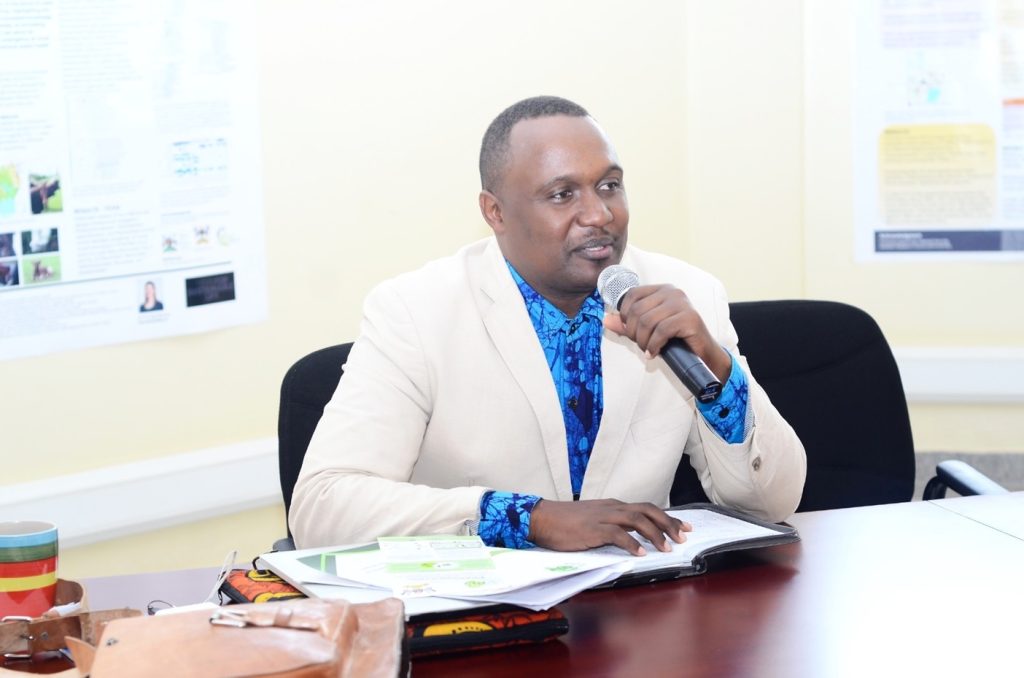
The stakeholders’ workshop attracted over 70 participants ranging from government officials, academia, media, farmers and one- health officials among others.
Key issues discussed by participants include; Policy brief to address Tick and Tick-Borne diseases, Development of community-based tick control strategies that incorporate local knowledge and practices,one-health approach in addressing ticks and Tick-Borne diseases ,Importance of engagement with local communities affected by ticks and Tick-Borne ,the need for effective communication by researchers to influence policy, need to develop diagnostic tools and model based surveillance for early detection and early warning about Vector borne diseases among others
PROJECT TEAM
Principal investigator: Dr. Maja Malmberg – Swedish University of Agricultural Sciences, Biomedical Sciences and Veterinary Public Health, Sweden
Co-PI in Uganda: Assoc. Professor Lawrence Mugisha – Makerere University, College of Veterinary Medicine, Animal Resources and Biosecurity, Uganda and Ecohealth Research Group, Conservation & Ecosystem Health Alliance, Uganda
PhD student: Mr. Stephen Balinandi – Uganda Virus Research Institute, Uganda and Makerere University, College of Veterinary Medicine, Animal Resources and Biosecurity, Uganda
Professor Erik Bongcam Rudloff – Swedish University of Agricultural Sciences, Department of Animal Breeding and Genetics, Sweden
Dr. Erika Chenais – National Veterinary Institute, Sweden
Assoc. Professor Klara Fischer – Swedish University of Agricultural Sciences, Department of Rural and Urban Development, Sweden
Dr. Lidia Chitimia-Dobler – Bundeswehr Institute of Microbiology and University of Hohenheim, Department of Parasitology, Germany
Dr. John Pettersson – Uppsala University, Department of Medical Biochemistry and Microbiology, Sweden
Dr. Juliette Hayer – Swedish University of Agricultural Sciences, Department of Animal Breeding and Genetics, Sweden
Professor Mikael Berg – Swedish University of Agricultural Sciences, Biomedical Sciences and Veterinary Public Health, Sweden
Dr. Giulio Grandi – Swedish University of Agricultural Sciences, Biomedical Sciences and Veterinary Public Health, Sweden
Assoc. Professor Ingrid Hansson – Swedish University of Agricultural Sciences, Biomedical Sciences and Veterinary Public Health, Sweden

You may like
-
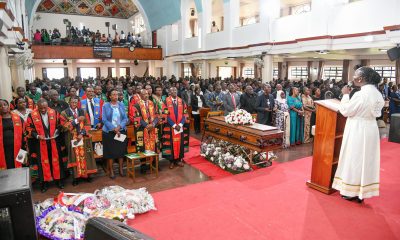

Simplicity, Service & Scholarship: Hallmarks of Professor Livingstone Luboobi’s Legacy
-


EfD-Mak Holds 2nd Advisory Board Meeting: Charts Path for Growth
-
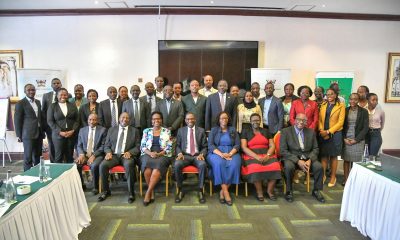

Public University Legal and Accounting Officers Trained on Governance and Compliance
-


Celebrating the Life of Prof. Livingstone Sserwadda Luboobi
-


Fare Thee Well Prof. Luboobi
-
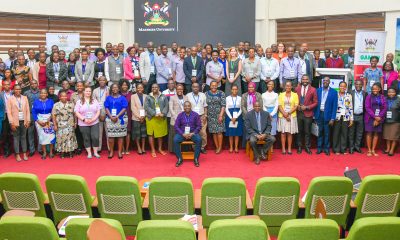

Strengthening Grants Management Through Institutional Collaboration and Capacity Building
Veterinary & Biosecurity
CoVAB Annual Report 2024
Published
3 weeks agoon
June 30, 2025By
Mak Editor
It is my pleasure to share the Annual Report for the year 2024, highlighting the various milestones realized in the College of Veterinary Medicine, Animal Resources, and Biosecurity. First and foremost, I wish to congratulate all of us for the dedication and effort rendered in the running of the college during the period. This collective commitment enabled us to excel in several areas, in line with the mandate of the college and Makerere University at large.
Our mandate teaching and learning, research and innovation, as well as knowledge transfer and partnerships, has been diligently pursued through the concerted efforts of all stakeholders, students, teaching staff, administrative teams, and valued partners. The college takes pride in the contributions made by our partners, who continue to support us in fulfilling this mandate. We particularly appreciate Norbrook (U) Ltd, which has consistently recognized the best-performing veterinary students with cash prizes annually since 2021.
Among the key achievements in 2024 was the expansion of research facilities at CoVAB. The college successfully established new, state-of-the-art laboratories, including an advanced Biomarker Discovery and Translation Research Laboratory, which continues to lead in developing point-of-care diagnostic kits for infectious and noncommunicable diseases, including cancer. The Biomarker Discovery and Translation Research Laboratory at CoVAB represents a significant leap in biomedical research and innovation. This state-of-the-art facility is dedicated to identifying and translating biomarkers into point-of-care diagnostic kits for both infectious and non-communicable diseases, including cancer. In this regard, CoVAB is poised to make tremendous contributions and impacts in advanced diagnostic development through rapid, accessible, and cost-effective diagnostic tools that can be used in both human and veterinary medicine, thereby contributing to improving early disease detection and treatment outcomes.
In the area of interdisciplinary research, the laboratory fosters collaboration among veterinary scientists, medical researchers, and biotechnologists, ensuring a holistic approach to disease management. Given the increasing prevalence of zoonotic diseases, the lab plays a crucial role in bridging veterinary and human health research, contributing to global health security and supporting One Health initiatives. Other achievements at the college are visible in groundbreaking research projects, with several initiatives launched, including studies on zoonotic disease prevention, vaccine development, and drug action mechanisms.
In the area of community outreach, the college expanded its livestock health programs, providing veterinary services to rural communities and enhancing disease surveillance. This is coupled with the increased international Collaborations where CoVAB strengthened partnerships with global institutions, securing funding for One Health initiatives aimed at tackling emerging health challenges.
These advancements and more not mentioned strategically position CoVAB and Makerere University as key players in addressing major animal and human health challenges, particularly zoonotic diseases, which constitute a significant proportion of emerging and reemerging infectious diseases.
The achievements highlighted in this report would not have been possible without the unwavering support, dedication, and collaboration of various stakeholders. We extend our heartfelt gratitude to our students, who are the backbone of our academic community, and whose commitment to learning, research, and innovation continues to propel CoVAB to greater heights. The dedication of our lecturers, researchers, and administrators has been instrumental in driving the college’s mandate forward. Your passion for education, mentorship, and scientific discovery is deeply appreciated. The partners and collaborators, including institutions, organizations, and industry stakeholders such as Norbrook (U) Ltd, have supported our initiatives and strengthened our capacity through funding, knowledge exchange, and collaborative projects. Your contributions are invaluable.
Together, these contributions have made 2024 a truly remarkable year for CoVAB. As we move forward, we remain committed to strengthening these partnerships and building on our shared successes. Thank you for being part of our journey. As we move forward, we anticipate an even more successful period ahead, and together, we shall achieve all that we set out to do.
Prof. Frank Norbert Mwiine
PRINCIPAL
Research
Mak and MSU Host Landmark Symposium on Insects for Food, Feed, and Food Security in Africa
Published
1 month agoon
June 10, 2025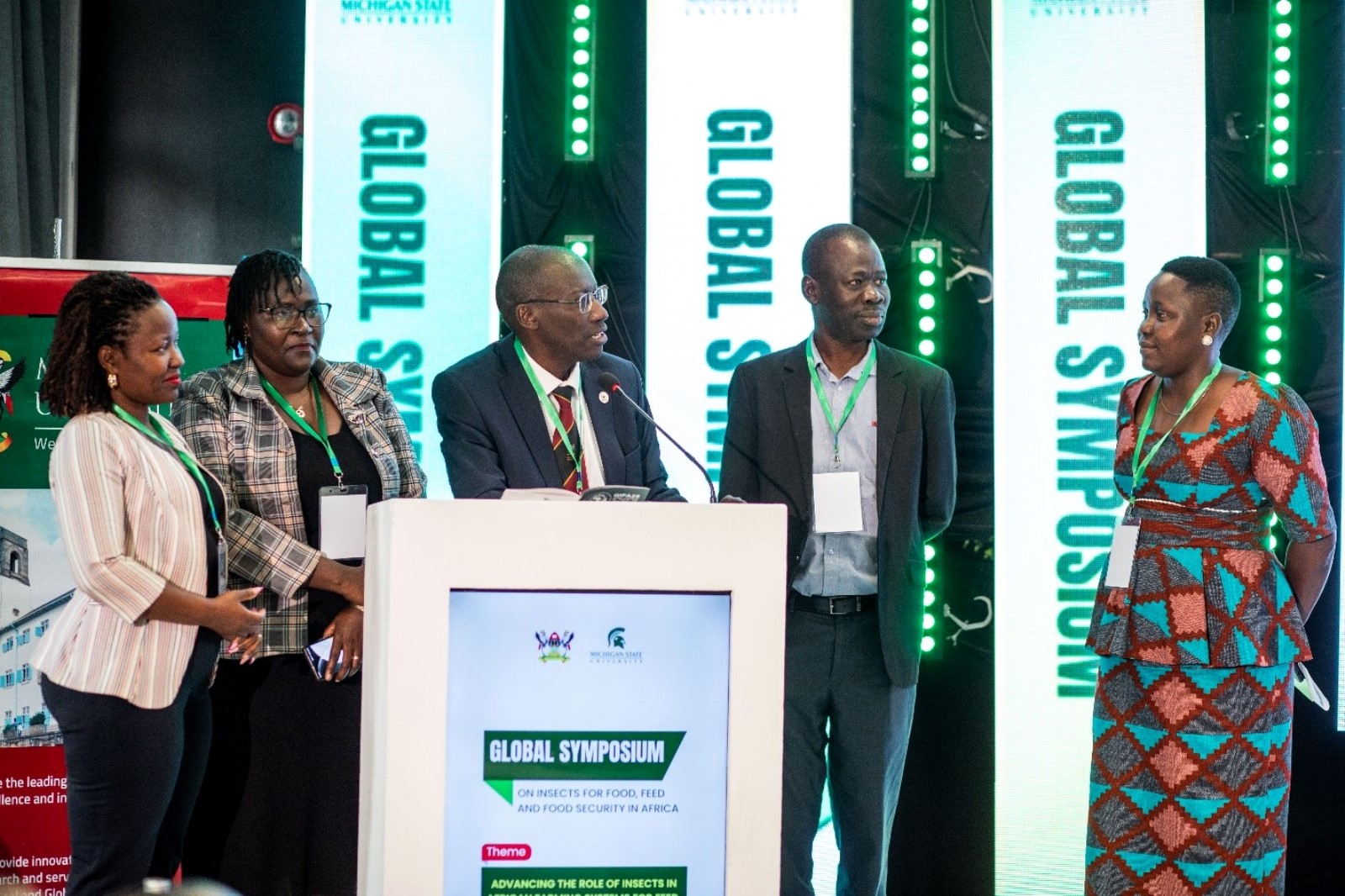
A groundbreaking symposium exploring the role of insects in African farming systems concluded on June 6th, 2025, at Onomo Hotel in Kampala. Convened by Makerere University’s College of Veterinary Medicine, Animal Resources and Biosecurity (CoVAB) in collaboration with Michigan State University (MSU), the event drew participants from over ten countries, including researchers, development experts, regulators, and practitioners.
Under the theme “Advancing the Role of Insects in African Farming Systems for Feed, Food, and Food Security,” the two-day gathering aimed to share knowledge and experiences on integrating insects into food and feed systems to address food security challenges across the continent. The discussions revolved around four key sub-themes namely; Insects as animal feed to promote sustainable livestock production and livelihoods; Insects for human food and food security, including indigenous insect-based diets; Insects for improved soil health and crop production and Commercialization of insect farming, with a focus on regulation and standardization.
The symposium commenced with opening remarks delivered on behalf of Makerere University’s Vice Chancellor, Prof. Barnabas Nawangwe, by his representative, Prof. Frank Norbert Mwiine, Principal of CoVAB. He welcomed participants and commended Dr. Deborah Amulen, Lecturer at CoVAB and chief convener, for organizing a well thought out event. He emphasized that the symposium would not only raise awareness of the role of insects in Uganda’s and Africa’s socio-economic development but also help place insects on the agenda for broader discussions and integration into food security strategies. He said the event served as a platform for knowledge exchange, highlighting the untapped potential of insect farming in transforming food security, sustainable agriculture, and economic growth.

Key facilitators at the symposium were esteemed experts from leading institutions worldwide, who shared their insights on insect-based food systems and sustainable agriculture. Among the distinguished speakers were Prof. Jeffrey K. Tomberlin from Texas A&M University, Prof. Eric M. Benbow from Michigan State University, Prof. Florence Dunkel from Montana State University, Dr. Denise Beesigamukama, a Postdoctoral Fellow, ICIPE Kenya and Dr. Deborah Amulen the host from Makerere University. These are exemplified in their contribution towards academic research and leadership, policy and industry impact and more importantly their expertise in insect science.
During the deliberations, the experts emphasized that insects offer a viable, sustainable, and nutrient-rich solution to Africa’s growing food demands. The event underscored ongoing research and commercialization efforts aimed at mainstreaming insect farming into the agricultural sector. As global interest in alternative protein sources continues to rise, the symposium marked a significant step toward harnessing the potential of insects to enhance food security in Africa.
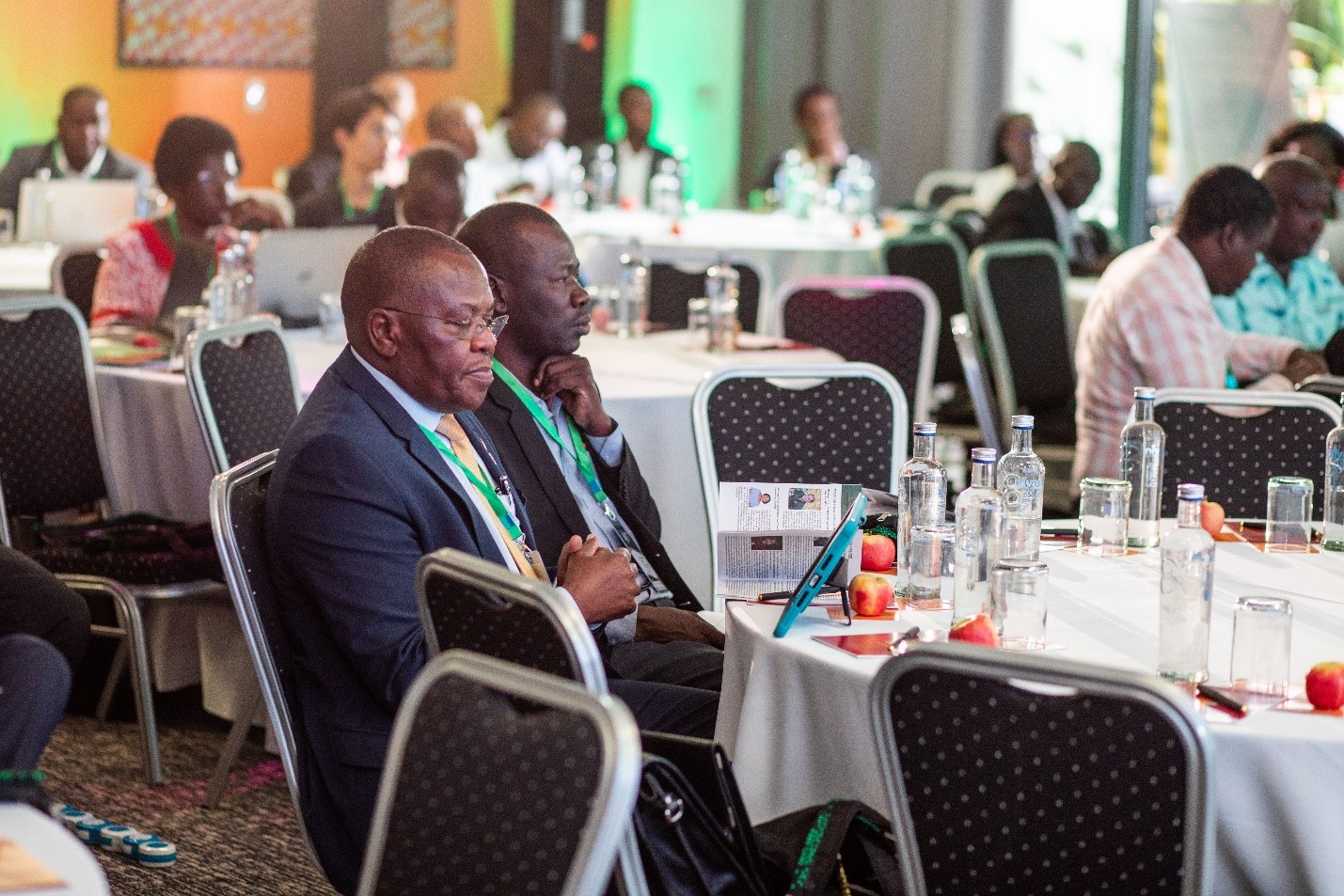
Experts underscored that Africa is home to over 470 recognized edible insect species, providing a rich source of proteins, fats, and essential micronutrients. Insects have historically been a staple in diets across Uganda, Southern Africa, and other regions, serving as a vital food source in times of drought, conflict, and food scarcity. One of the most discussed innovations at the event was the large-scale farming of Black Soldier Fly, which is being utilized to produce not only the larvae but also frass, a high-protein animal feed and organic fertilizer to enhance soil health and boost agricultural yields.
Several scholars presented their research in the area of Insects, where together with the farmers, industry representatives, policy makers and practitioners contributed valuable perspectives on advancing the role of insects in food security, animal feed, and ecological sustainability in Africa. Their discussions underscored the importance of research, policy, and commercialization in expanding insect farming across the continent.

One of the keynote discussions highlighted Uganda’s rich tradition of consuming insects as part of its food culture, reinforcing their significance in nutrition and sustainability. Participants shared insights on local insect consumption practices and their role in livelihoods, drawing from countries like Cameroon, Malawi and many others represented at the event. The forum also featured representatives from key institutions, including the National Council for Science and Technology and The National Agricultural Research Organization (NARO) which contributed perspectives on research, policy development, and commercialization of insects as sustainable food sources, the Ministry for Agriculture, Animal Industry, and Fisheries (MAAIF), emphasizing the Ugandan government’s support for insect farming initiatives.
The Kenya based scientific research institute, the International Centre of Insect Physiology and Ecology (ICIPE) played a key role in the discourse and exhibited several innovations arising from research and their work in insects. Experts explored how insects can revolutionize animal feed production, providing an affordable, high-protein alternative to conventional sources.
With global attention shifting toward alternative and sustainable food sources, experts stressed the need for policy standardization and enhanced investment in insect-based food systems across Africa. During the event, MAAIF announced a $325 million investment through a six-year Smart Agriculture Transformation Project, aimed at expanding sustainable farming practices, reducing environmental impact, and increasing food security through alternative protein sources.
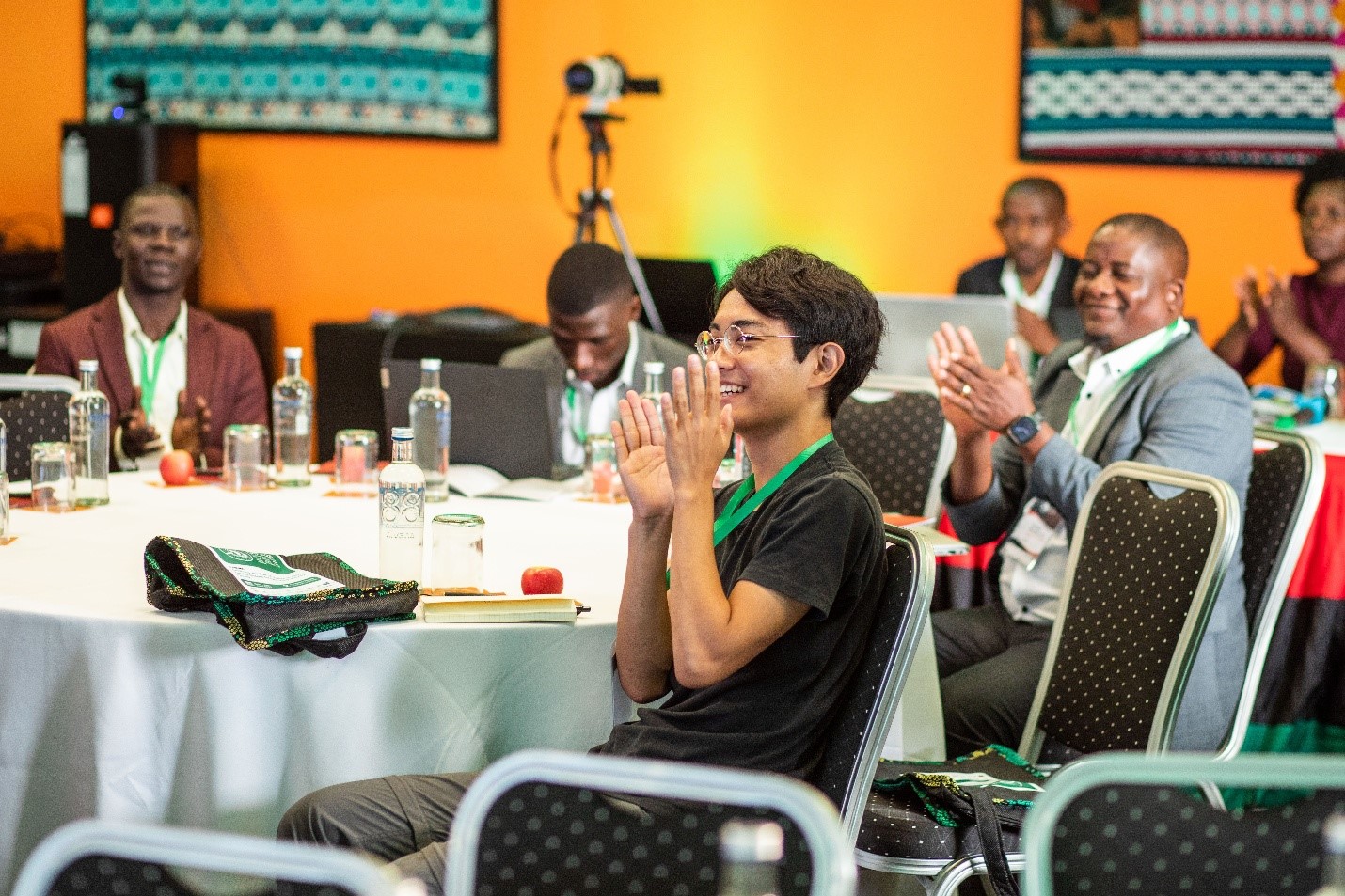
The symposium reaffirmed Africa’s position at the forefront of insect farming research, with discussions centered on scaling production, improving regulation, and leveraging indigenous knowledge for food security solutions. Moving forward, participants emphasized the importance of quality control, standardization, and policy frameworks to ensure safety, scale production, and boost market competitiveness. With Uganda leading discussions on alternative protein sources, the symposium laid the foundation for future innovations in agriculture.
Veterinary & Biosecurity
Makerere Receives Scientific Equipment worth over UGX 1.4 Billion
Published
1 month agoon
June 10, 2025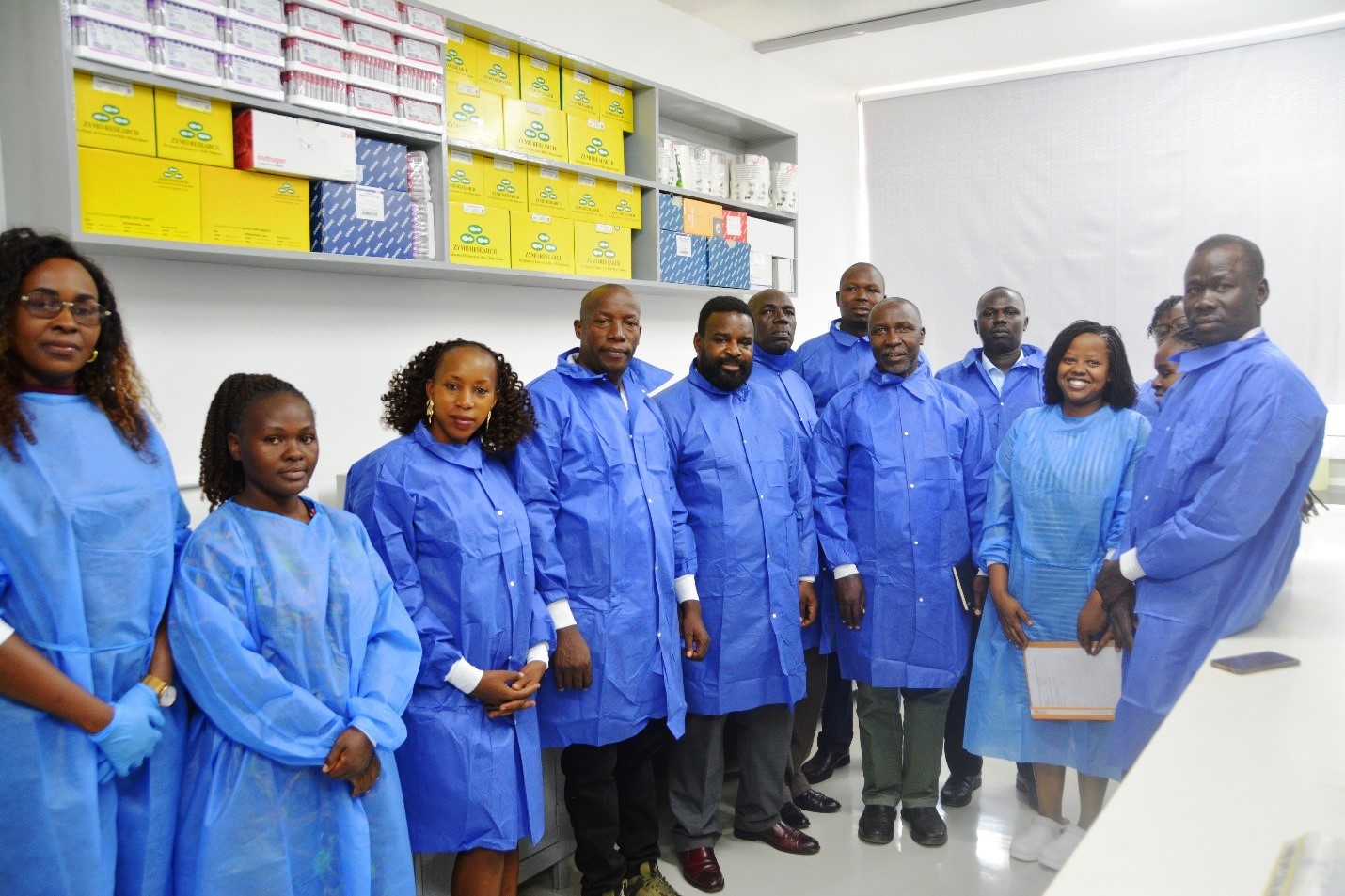
Makerere University has secured a valuable donation of scientific laboratory equipment worth USD 400,000 (Shs. 1.4 billion) through the Seeding Labs’ Instrumental Access Program. This equipment will significantly enhance teaching, research, and diagnostic services at the College of Veterinary Medicine, Animal Resources and Biosecurity (CoVAB).
Following the announcement of a successful application in May 2024, Makerere joins a global network of 137 institutions across 39 countries, gaining access to advanced tools that will elevate STEM education and innovation. This development strengthens the university’s commitment to scientific excellence and fosters collaboration in veterinary medicine and related fields.
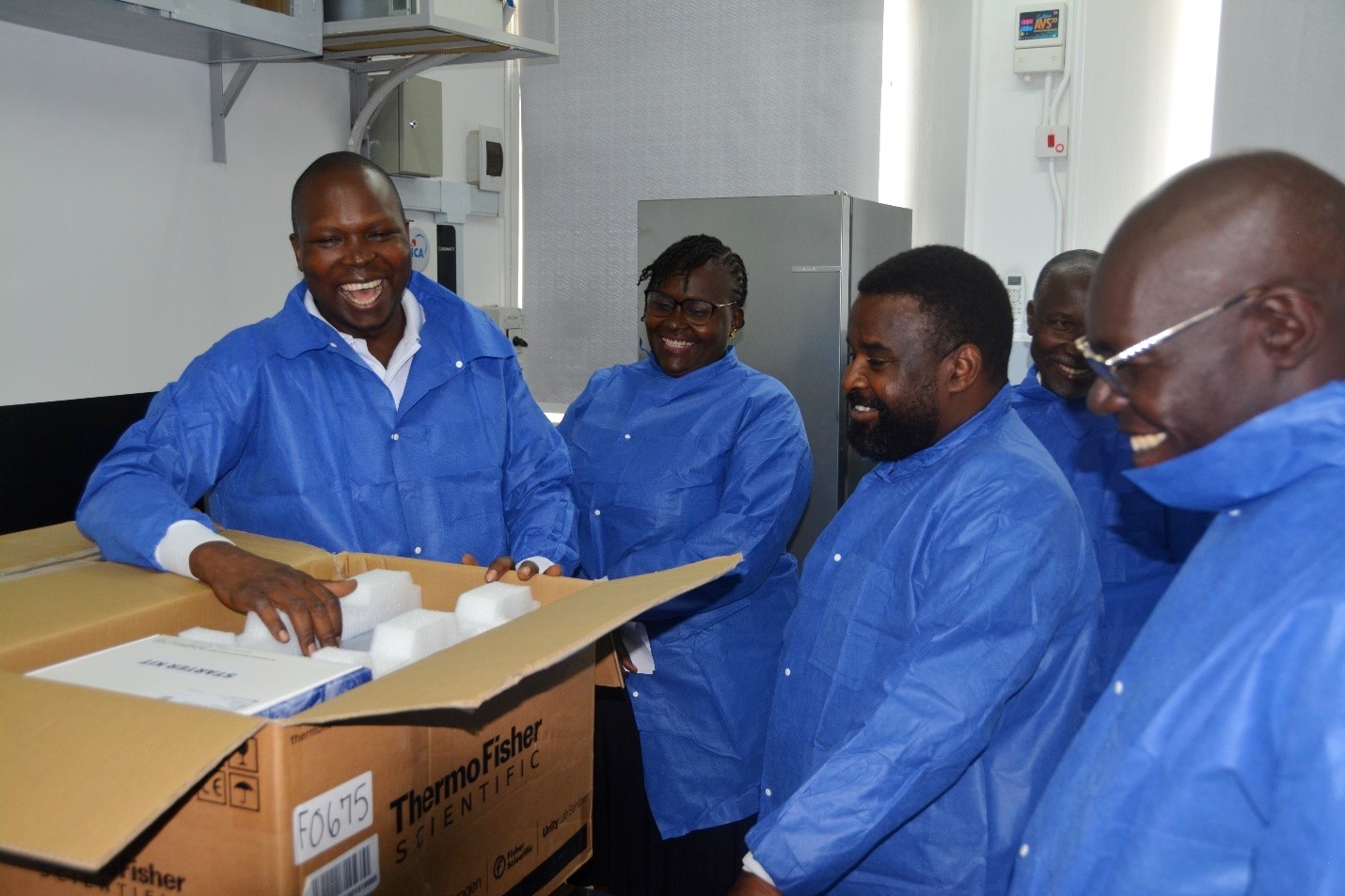
The consignment was received at the College of Veterinary Medicine, Animal Resources and Biosecurity and witnessed by Prof. Edward Wamala, who represented the Vice Chancellor, Prof. Barnabas Nawangwe. In his remarks, Prof. Wamala described the newly acquired scientific equipment as a significant milestone in Makerere University‘s pursuit of academic excellence, innovation, and impactful research. He emphasized its transformative role in strengthening research infrastructure, advancing ongoing scientific inquiry, and empowering both students and faculty to engage in high-impact studies.
Expressing appreciation to Seeding Labs’ Instrumental Access Program for their partnership, he underscored that this contribution was more than a donation, rather an investment in the future of Uganda and Africa at large. He highlighted that the support reflects confidence in Makerere’s students and scientists, recognizing their responsibility to address pressing global challenges in animal health, biosecurity, and public health.
Prof. Wamala further noted that the College of Veterinary Medicine, Animal Resources, and Biosecurity plays a vital role in addressing issues at the intersection of human, animal, and environmental health which is the core of the One Health approach that is emphasized today. With the newly acquired equipment, the college’s capacity will be greatly enhanced, improving diagnostic capabilities, supporting the livestock industry, and contributing to disease surveillance efforts at both local and national levels, he noted.
The Deputy Principal CoVAB, Assoc. Prof. James Okwee-Acai said the equipment received is a significant milestone in the college in its efforts to strengthen science and research capacity. He commended the management of Makerere University for the contribution and support that enabled the shipment and clearance of the consignment. While commenting about the equipment contained in the donation, Prof. Acai said many of items were state-of-the-art and would definitely boost the work of teaching and learning at the college across the two schools.
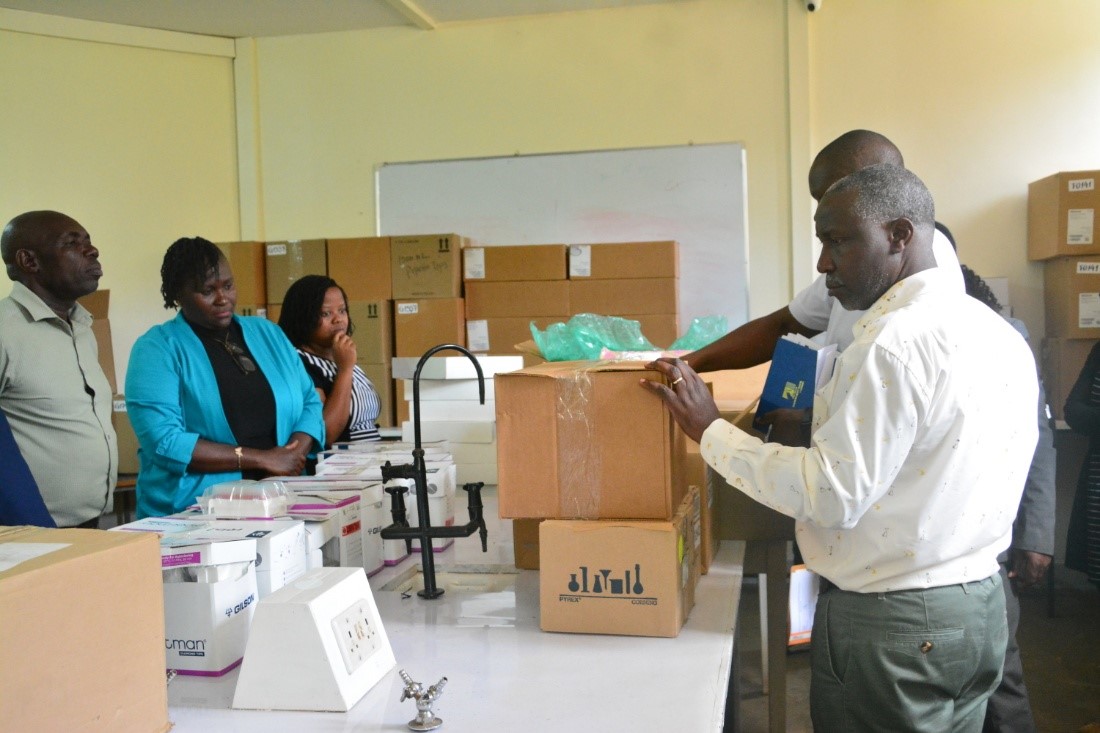
The equipment is expected to greatly enhance the University’s ability to conduct cutting-edge research and provide high quality education in the veterinary sciences. This donation showcases the growing partnerships and collaborations that Makerere University is building to drive innovation and academic excellence. With this valuable addition to its research infrastructure, Makerere University is poised to make even greater strides in advancing scientific knowledge and addressing critical challenges in the veterinary field and looks forward to the transformative impact it will have from training students on the latest analytical techniques to enabling faculty led studies that advance veterinary medicine.
The donors, the Instrumental Access is the flagship program of Seeding Labs, which is a US-based NGO with a mission to increase access to resources for science in developing countries. CoVAB’s participation in Instrumental Access makes Makerere University a member of the community of 137 Instrumental Access awardees in 39 countries worldwide.
The Department of Veterinary Pharmacy, Clinical and Comparative Medicine, Makerere University was chosen for the Instrumental Access award after a rigorous and competitive selection process that receives and evaluates applications from institutions around the world. To be considered, applicants outlined the ways that an infusion of scientific equipment would remove barriers to STEM education and research at their institution, paving the way for new avenues of scientific inquiry and expanding hands-on opportunities for students.

The equipment will provide a foundation for other critical resources that allow scientists to generate new knowledge, leverage sustainable funding, and better prepare university students for the scientific workforce and innovation economy.
More photos from the unveiling
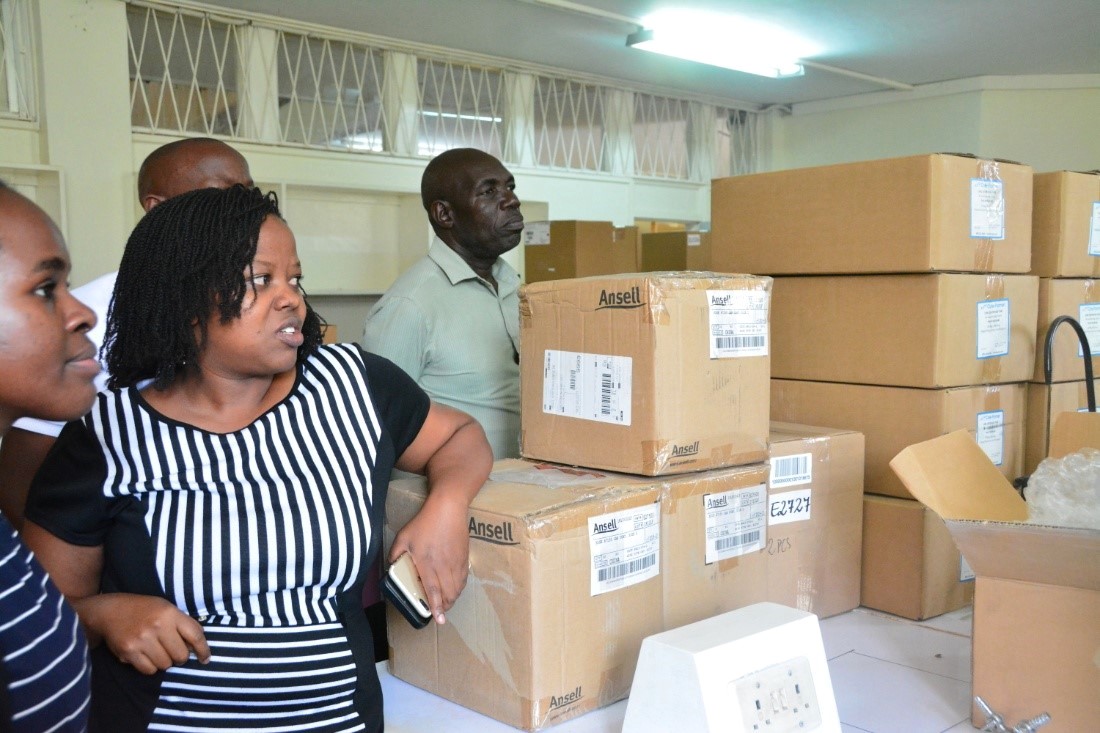
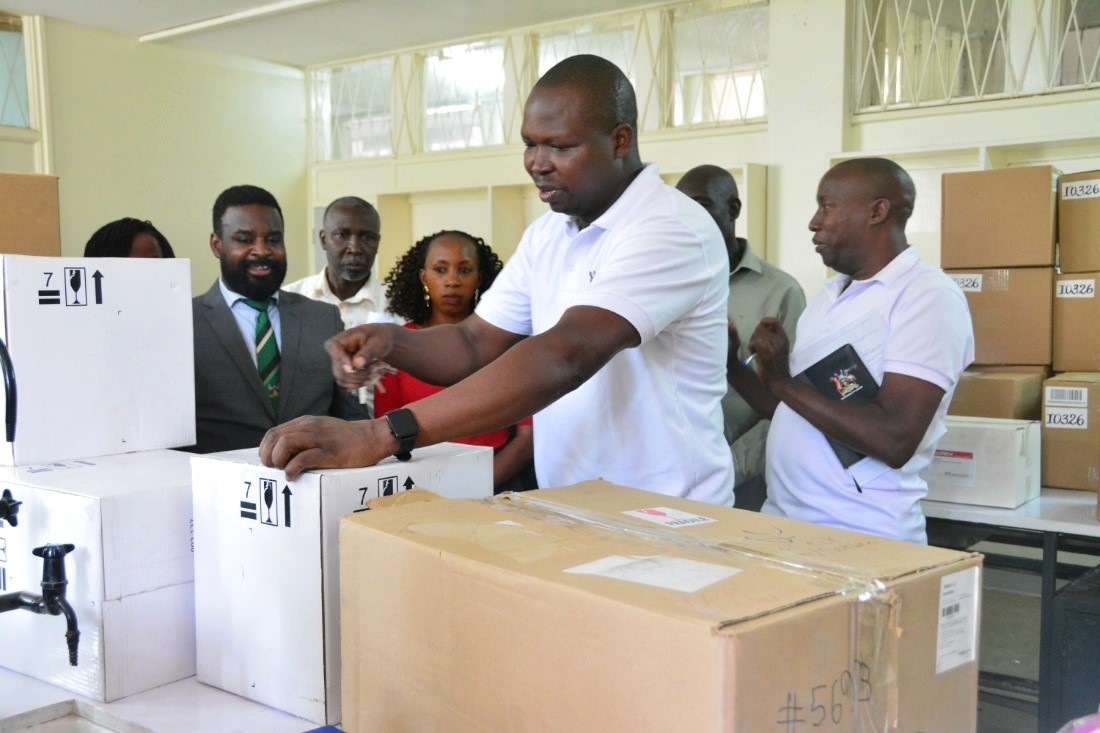
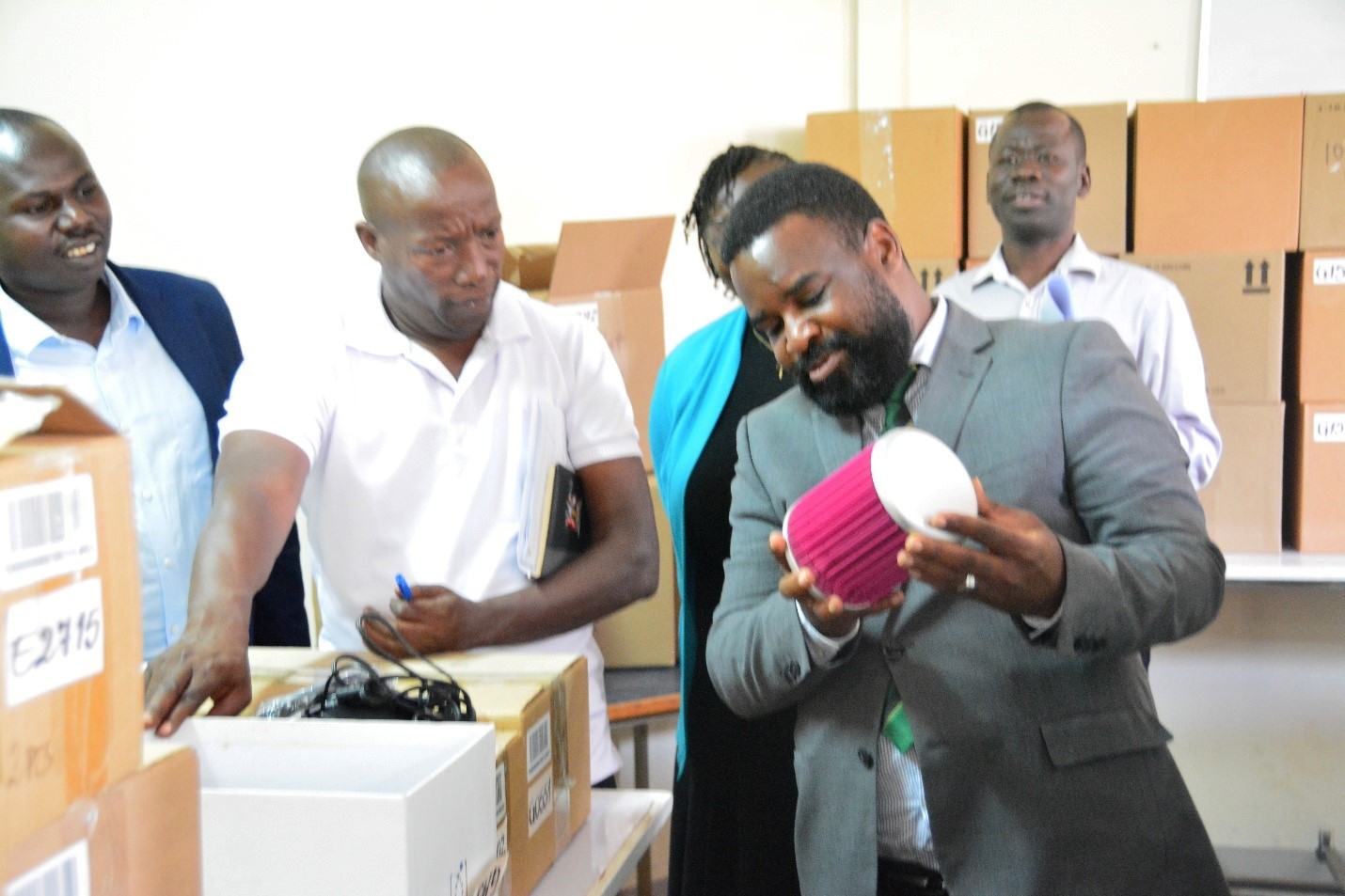
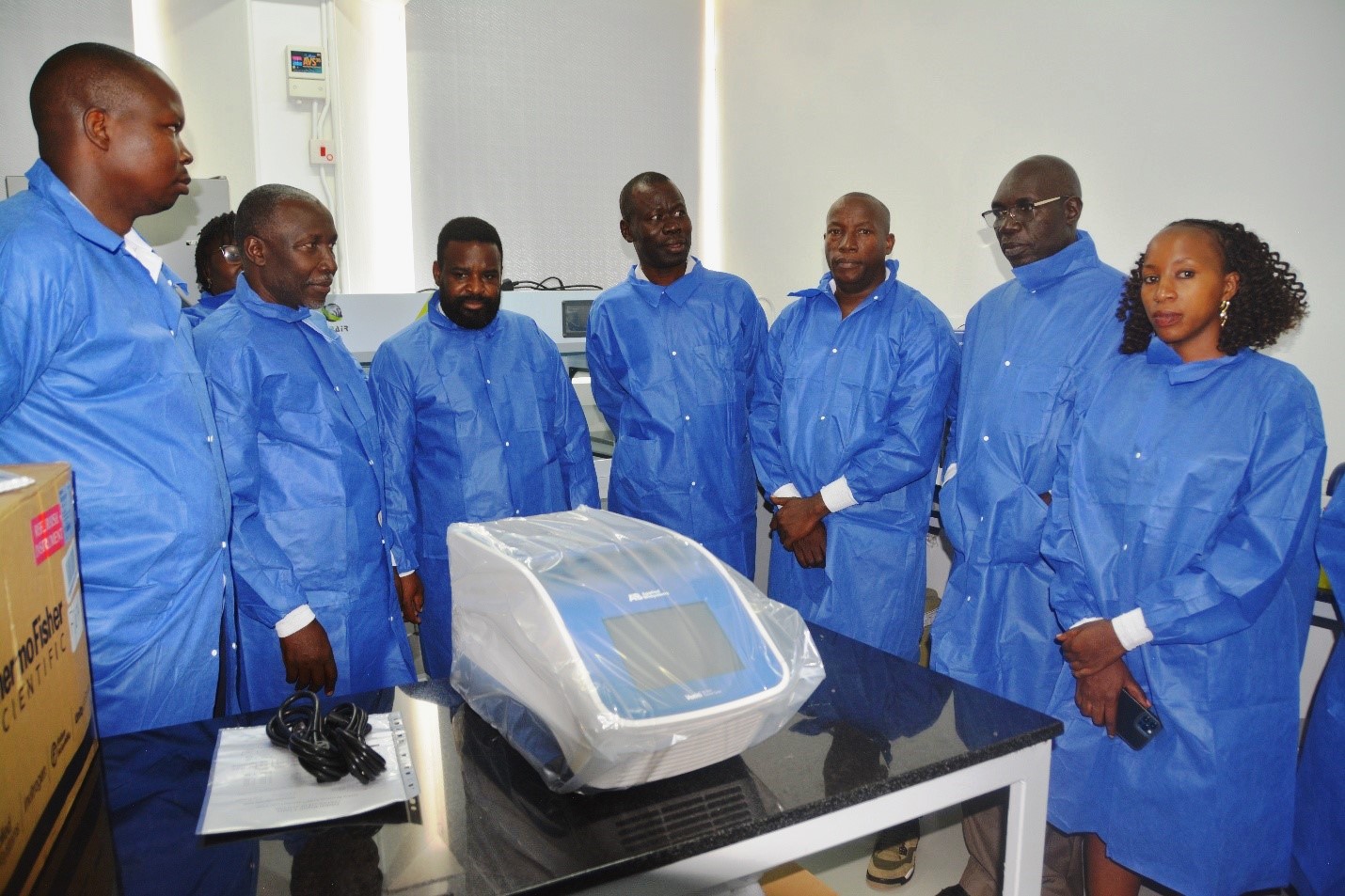
Trending
-
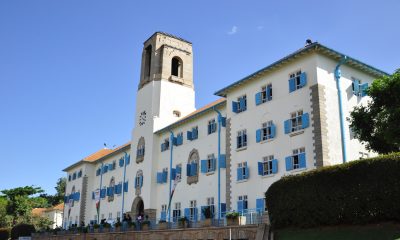
 General2 weeks ago
General2 weeks agoRe-advert: Admission to Undergraduate Programmes 2025/2026
-
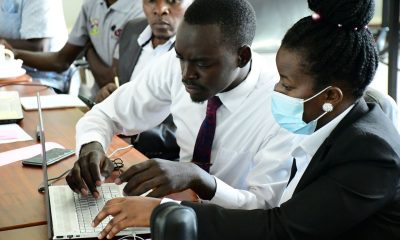
 General1 week ago
General1 week agoRe-Advert for Applications for Diploma and Certificate Training
-

 General5 days ago
General5 days agoMakerere University Fees Waiver for 40 First Year Female Students 2025/2026
-

 General2 weeks ago
General2 weeks agoPress Statement on Ranking
-

 Health1 week ago
Health1 week agoCall for Applications: Responsible Conduct of Research (RCR) Training Course